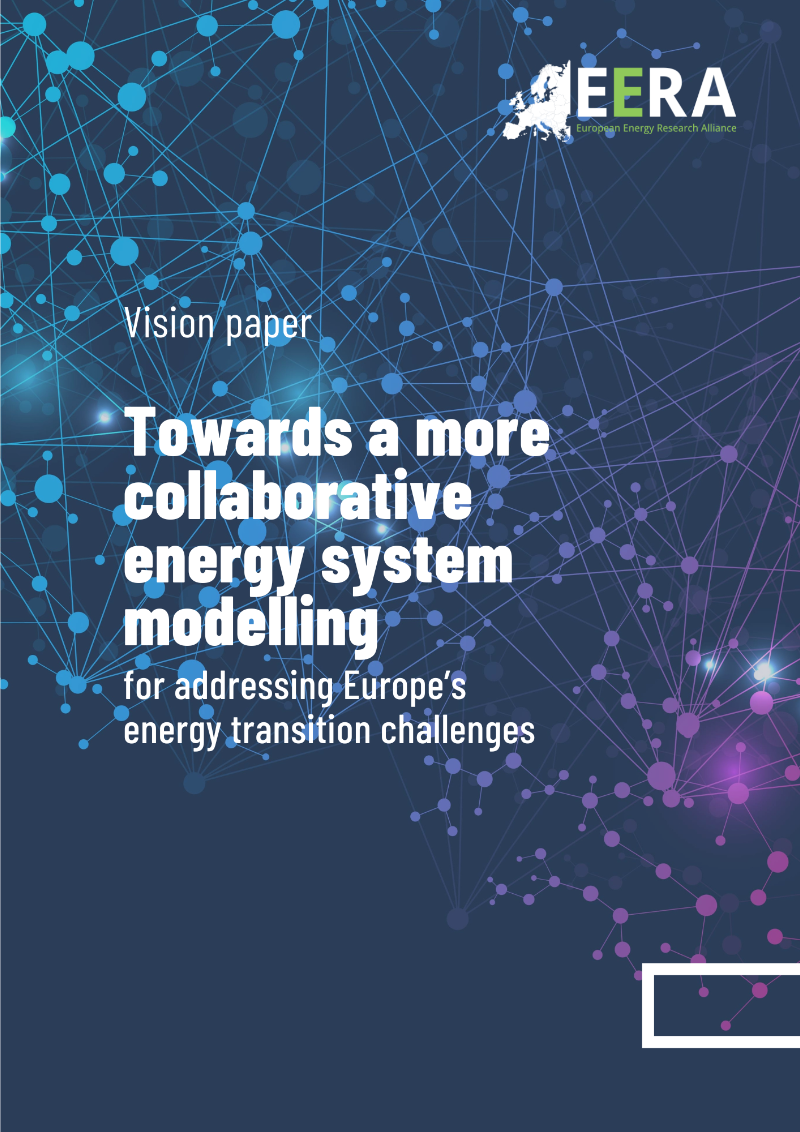
On 12 December, EERA launched a vision paper advocating for a more collaborative and integrated energy system modelling. In essence, the paper addresses how energy system models can play a greater role in the energy system in de-risking investments for industries and utilities, and in supporting policymakers at European and national levels.
This paper asserts that, due to the complex and continuously evolving energy transition landscape, more comprehensive and collaborative energy modelling is essential. As such, in order to support the multilayered energy transition in society, the EERA system modelling community underscores the need for the current modelling toolbox to be greatly expanded.
Expanding and enriching the modelling practice would allow for many key opportunities to be realised. Firstly, an expanded focus on collaboration between European and national-level models can allow for greater exploration of the social impact of the energy transition, boosting energy transition planning through additional insights into the impacts of decision on different actors, the functioning of the market, and the financing of the plan. Moreover, the attainment of better alignment of infrastructure planning with European renewable energy ambitions can ensure that both the necessary capacity is in place and that suitable measures are taken to meet the requirements of objectives.
Following on from this, expanding the modelling practice can give way to more cost-effective pathways, in particular resulting from the inclusion of a wider range of technological solutions. An opportunity also exists in introducing uncertainty and broadening the range of energy scenarios, leading to overall reduced investment risk, thereby allowing for several possibilities and outcomes, and fostering greater security in decision-making for industry and investors. Finally, the incorporation of critical factors in the model, such as supply chain challenges, can support better near-term projections, thus ensuring the optimal use of capabilities and, in the case an energy technology does not meet projected growth, the proposal of alternatives to bridge relevant gaps.
Recommendations to policymakers
Based on the potential for enhanced opportunities in this field, the paper goes on to highlight key recommendations that can be implemented by policymakers in order to actualise a more collaborative energy modelling system.
The first recommendation looks at the establishment of broad energy modelling communities to further enhance dialogue on optimal outcomes and results between modellers, policymakers, and other relevant stakeholders.
Enabling greater coordination across different national and European levels also necessitates the mandating of open-source models, along with detailed data and assumptions publication.
The third and final recommendation looks to furthering efforts towards data harmonization, and public data, in order to ensure greater accessibility and simplified utilization for both modellers and modelling communities.
Read the full vision paper here.
Download the summary infographic here.